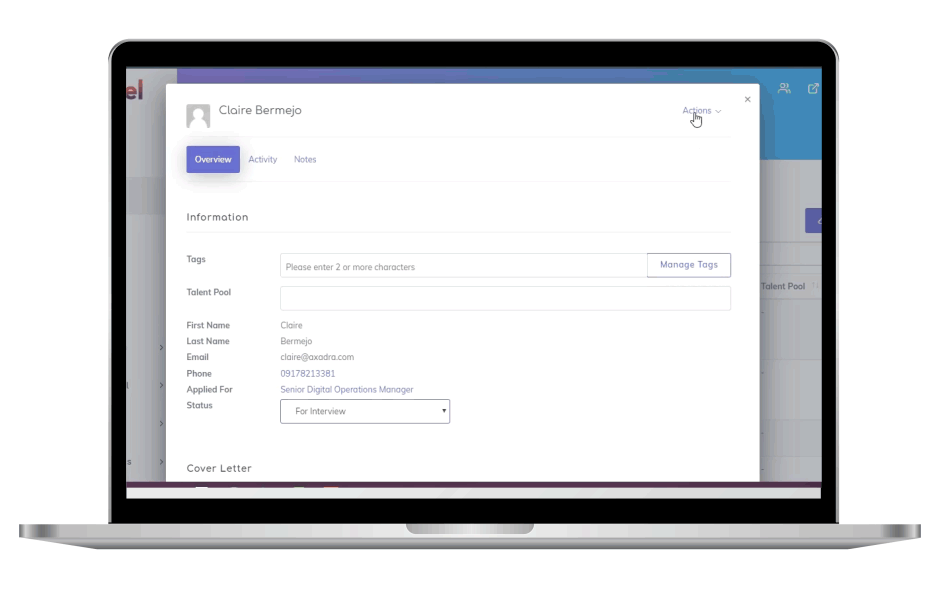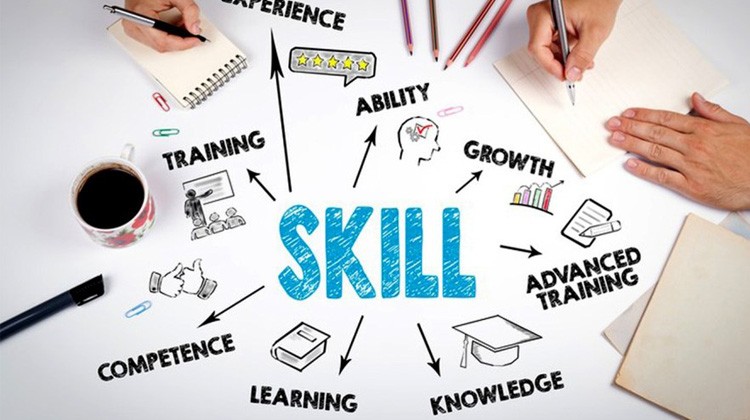Interviewing is a crucial part of an effective recruitment process. This step allows you to assess if a candidate’s skills, experience, and personality match what you are looking for in an employee. Conducting an interview also helps you determine if an applicant will fit in your company’s existing culture.
However, the interview process comes with its own challenges. As a recruiter, you need to decide between different types of interviews—such as structured and unstructured—and various interview methods—including in-person, phone, and video. You also need to consider one of the greatest issues you can encounter, which is interviewer bias. This problem is experienced by most recruitment professionals, whether they know it or not.
What is Interviewer Bias?
When a person interacts with another individual, they most likely have a set of preconceived notions about the other before the communication even begins. You might like or dislike the person you are interacting with without knowing anything about their background or personality. This is called having a bias, and interviewers may do the same consciously or subconsciously.
Interviewer bias is a type of human error committed by recruitment professionals wherein they form a baseless judgment about an interviewee. This kind of bias hinders them from assessing a candidate objectively, which greatly affects the purpose of the interview.
For example, an interviewer might not like an applicant based on their actions, which can be affected by nerves. The recruiter might not find the candidate suitable for the job because they did not have a firm handshake, failed to make enough eye contact, or were fidgety during the interview. These factors obviously do not mean that the individual cannot perform well on the job, but they may still affect the decision of the interviewer if not managed properly.
Types of Bias in Interviews
Once you’ve used your web-based recruitment software and have shortlisted candidates, you must prepare yourself for the next step. This includes using a job interview scheduling software to reserve slots for every applicant. Doing this will help you avoid overbooking your day and even double-booking interviews.
Additionally, you must prepare yourself for the interview. Aside from looking presentable, you need to make yourself aware of the different interviewer biases you might commit.
Stereotyping Bias
This type of interviewer bias happens when the recruiter judges an applicant based on the group that they belong to. One example of stereotyping bias is when an interviewer does not hire a woman because the job involves lifting heavy objects. The interviewer stereotypes the applicant as weak because of their biological sex.
Generalization Bias
Generalization is a type of bias that occurs when an interviewer assumes that the mannerisms exhibited by a candidate during the interview are a part of their normal behavior. For example, the candidate acted nervous and fidgety during the interview. If the interviewer is guilty of the generalization bias, they might think that the applicant is always nervous and fidgety, which can affect their decision.
Halo Bias
When you let a candidate’s strong point overshadow everything else that they say, you have the halo bias. The trigger of this interviewer bias can be anything as small as the applicant’s appearance to something as huge as their experience and educational background.
Horn Bias
The opposite of halo bias, horn bias occurs when a recruiter judges everything the applicant does or says based on one flaw. For example, the candidate being interviewed can’t communicate well in English. Even if the job does not require excellent English-speaking skills, the interviewer may create a biased judgment against the applicant.
Recency Bias
This type of bias in interviews happens when you recall the most recently interviewed applicants better than those who were interviewed earlier. Recency bias is a bit hard to manage because your brain is designed to remember more recent details about your daily life. This bias is most commonly committed by interviewers who do not take notes while talking with an applicant.
Contrast Effect
Another type of bias you should consider if you want to know how to interview candidates effectively is the contrast effect. This occurs when you interview a strong candidate right after talking with a weaker applicant. Because you have recently talked to a relatively unqualified candidate, the applicant you are currently talking to might appear more qualified than they actually are.
Gender and Racial Bias
An interviewer’s prejudice to race and gender may cause them to ask biased interview questions and assess applicants differently, which is unfair. This mostly happens when the recruiter believes stereotypes related to gender or race and uses them to determine if a candidate is qualified for the job.
Ways to Avoid Interviewer Biases
The first step to avoiding interviewer bias is acknowledging their existence. Here are also some of the most effective techniques that you can implement to avoid the different types of bias in interviews:
Use an Interview Guide
With an interview guide, you can follow a structure when talking with different candidates. You do not have to worry that you are straying from the focus of the interview and that you are asking examples of biased interview questions.
Your interview guide will vary depending on the specific hiring needs of your company and your interview method. However, you should still include basic information about a candidate that you need to know as a recruiter.
Use the Same Set of Questions
To be fair to each candidate, make sure that you are asking every individual the same set of questions. When you have a standardized list of questions that you ask every applicant, you won’t run the risk of asking questions that are too personal and are too unrelated to the open position. You also wouldn’t forget to ask candidates any questions if you have a checklist on hand.
Take Notes
Taking notes is a great way to avoid any kind of bias when assessing applicants, especially the recency bias. To make your notes taking process more effective, make sure to jot down your impressions about a candidate during the interview. Don’t wait until the interview finishes because you might forget crucial details regarding the applicant that may affect their assessment.
Use a Rubric
Another technique you can use to avoid interviewer bias is to use a rubric when grading applicants’ interviews. You can do this by talking with your team and establishing the essential skills you are looking for in a candidate.
Then, while interviewing an applicant, make sure to focus on the skills you have listed. Rate the candidates on each skill using a scale of one to five to determine how well they fit each category.
Avoid Interviewer Bias and Improve Your Recruitment Process
Interviewer bias is a problem that can cost you highly qualified candidates. It can make your interview process completely ineffective if not addressed properly.
To avoid this, follow the tips listed above and you’ll have an efficient interview process. These techniques can also help you find qualified candidates that can support your company and bring it closer to success.













